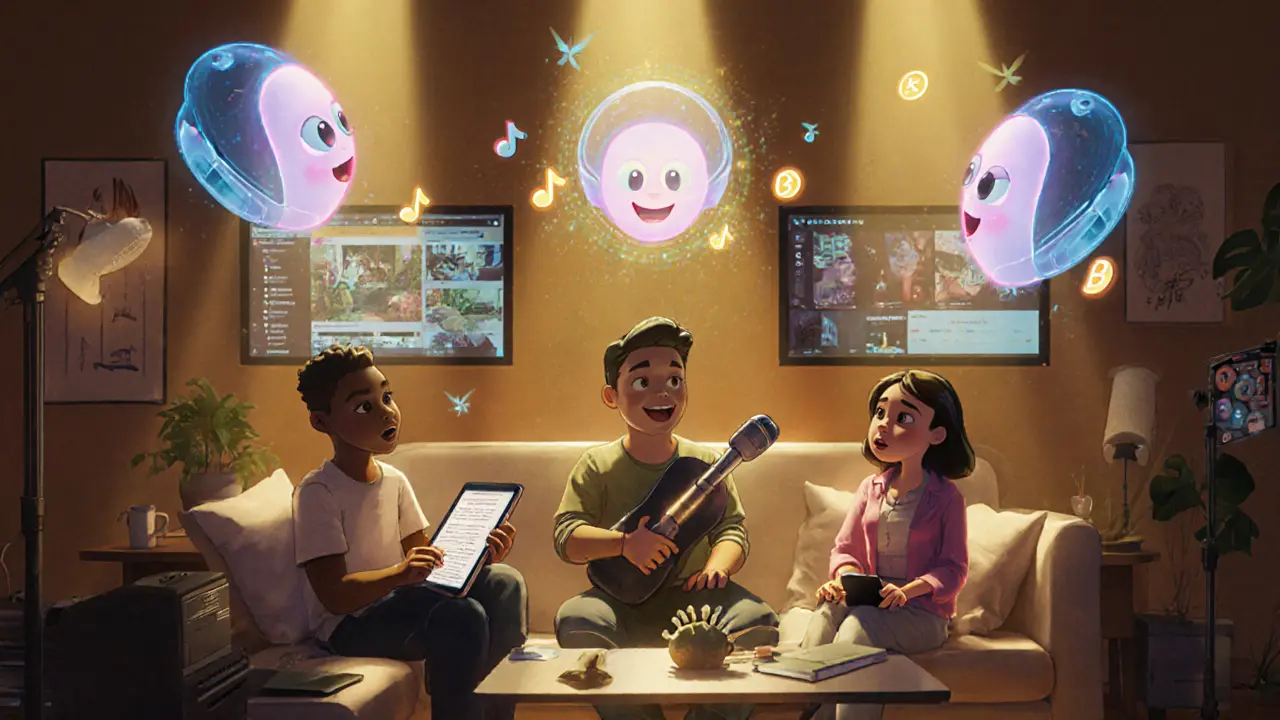Creator Economy: How Crypto and NFTs Are Changing How Artists Get Paid
When we talk about the creator economy, a system where individuals earn income by creating content, products, or experiences directly for their audience, without traditional intermediaries. Also known as independent creator economy, it’s no longer just about YouTube ads and Patreon subscriptions. Now, it’s powered by blockchain, tokens, and NFTs that let artists, musicians, game developers, and even meme makers get paid directly—no middlemen, no gatekeepers.
This shift happened because platforms used to take 30-50% of earnings, lock creators into algorithms, and delete accounts without warning. Crypto changed that. With NFT airdrops, free digital collectibles given to early supporters or active users of a protocol. Also known as token rewards, they’re now a standard way for projects to reward loyalty, creators earn not just from sales, but from participation. Think of the OneRare First Harvest airdrop, where food-themed NFTs went to players who engaged with the game—not because they bought something, but because they showed up. Or RACA’s Metamon NFT rewards, where holding a digital pet earned you tokens just for being part of the community. These aren’t giveaways—they’re ownership stakes.
It’s not just about art. The Web3 gaming, games built on blockchain where players own in-game assets as tokens or NFTs and can trade or earn real value from play. Also known as play-to-earn, it turns hours spent playing into income is reshaping how people make money. The Sandbox lets you build virtual land and earn SAND tokens just by designing experiences. xRocket rewards users for trading on Telegram. Even low-cap tokens like UNB and EGP are tied to ecosystems where creators—whether coders, artists, or community moderators—are paid in crypto for their work. And it’s not just for techies. If you can make a meme, design a logo, or host a Discord event, there’s likely a project paying for it in tokens.
But here’s the catch: not every token is a paycheck. Dogcoin (DCOIN) and Numogram (GNON) look like creator economy projects, but they have no real users, no working product, and no way to turn hype into income. The real winners are the ones building tools, not just hype. That’s why you’ll find guides here on how to spot real opportunities—like checking if a project has active development, real utility, or a track record of rewarding participants. You’ll see what happened to LNR’s fake NFT airdrop, why some Indian and Chinese creators got locked out of exchanges, and how platforms like WOOFi and Sovryn let creators access global markets without needing a bank account.
The creator economy isn’t about getting rich overnight. It’s about building something that lasts—where your work, your audience, and your digital assets are yours to control. Below, you’ll find real-world examples of how people are using crypto to turn their creativity into income, what to avoid, and how to actually get paid—not just promised.



